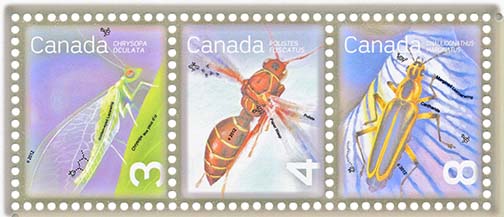“I thought I’d give you a ‘behind-the-scenes’ look into the death of my bees in California. I started out last spring in the Midwest with 3,150 healthy bee colonies; of which 992 still survive, and most of those are very weak. More than 2,150 of my valuable bee colonies are now extinct.” A Midwestern beekeeper friend has earned his living as a migratory bee-farmer for almost 40 years; his son represents the fourth generation of this family to enter the beekeeping business. For most of those decades, the practice of migratory beekeeping was relatively trouble-free; the bees were not harmed by being trucked around America; there was no warning of impending disaster. All of that changed with the coming of the new systemic pesticides, the neonicotinoids. During summer in the Midwest, colonies build-up on pollen from maize, and dandelions while gathering nectar from soybeans, alfalfa, clovers and linden trees. Sadly, the maize and soybeans are seed-treated with systemic neonicotinoid insecticides, which emerge later, in the pollen and nectar, to poison the bees. To make matters worse, later in the season, those same crops are sprayed with additional: fungicides, herbicides and insect-growth-regulators (IGRs). Combined with the systemic neonicotinoids, these react ‘synergistically’, to produce a witches’ brew of poison that is far more toxic than any pesticide on its own.
In early winter, American beekeepers load around a million beehives onto flatbed trucks and haul them to California, where they are parked in beeyards, to wait for the pollination of the almonds in February. Almonds make up more than 825,000 acres of California’s Central Valley generating more cash than both the California wine and tourism industries combined. The almonds form a vast mono-culture, and once the trees have blossomed, the entire area is almost devoid of: wildflowers, bees, insects or birds. It is hard to judge whether the bees are poisoned more, by the summer neonicotinoids which affect them in the Midwest, or if they are finally pushed over the edge in the winter, by having to eat pesticide-contaminated stores. Either way, for months on end, these bees are exposed to a repeated drip-feed of many different pesticides. For many migratory-beekeepers, the ‘coast to coast’ persistence of systemic pesticides is the final straw. More than 240 million acres of American corn, soya, canola/ oilseed rape and cotton were treated with neonicotinoids last year. There is literally ‘nowhere left to hide’ that is free of hyper-toxic, systemic, highly persistent, bee-killing pesticides.
Source: Graham White (full story attached)

- Log in to post comments
